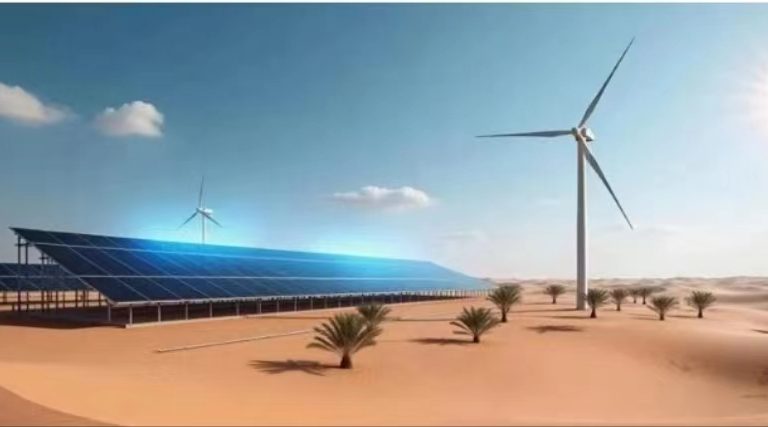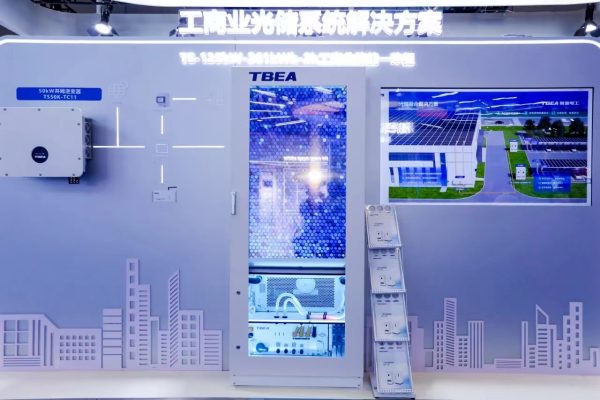How to Avoid Costly Mistakes in Energy Storage Procurement
China is the world’s largest exporter of solar and energy storage inverters, offering high efficiency, competitive prices, and fast innovation cycles. However, buyers — especially those new to the energy storage sector — often encounter avoidable problems that lead to delays, warranty disputes, or compatibility issues.
This article highlights the most common pitfalls when purchasing inverters from China and provides practical strategies to ensure your procurement process is smooth, compliant, and technically sound.
1. Assuming “All Inverters Are the Same”
Not all inverters are created equal. Two 5 kW hybrid inverters might look identical from the outside, but differ completely in:
- Component quality (IGBTs, MPPT trackers, capacitors)
- Firmware stability
- BMS protocol compatibility
- Safety certifications
For example, one inverter may be optimized for on-grid self-consumption, while another is built for off-grid backup use.
⚠️ Visual similarity ≠ performance equivalence.
Always check datasheets, efficiency curves, and certification documents.
2. Failing to Specify the Application Clearly
A common mistake is sending vague RFQs such as “Need 10 kW inverter.”
Suppliers can only quote accurately when they know:
- System type: Grid-tied / Off-grid / Hybrid
- Battery type: LFP, NMC, Lead-acid, or none
- Nominal voltage: 48 V / 100 V / 240 V / 512 V
- Load nature: Residential, commercial, or industrial
- Certifications required: CE, UL, SAA, NRS097, etc.
🧩 Example of clear communication:
“We need a 10 kW single-phase hybrid inverter, compatible with 48 V LFP battery, CE certified, for residential solar + storage project.”
3. Overlooking Certification and Compliance
Each market has its own safety and grid standards. Using an uncertified inverter can lead to:
- Customs clearance rejection
- Local installation bans
- Insurance or warranty issues
| Region | Key Certifications | Notes |
|---|---|---|
| EU | CE, EN 50549, IEC 62109 | For grid-tied & hybrid units |
| USA | UL 1741 SA / IEEE 1547 | Required for interconnection |
| Australia | AS/NZS 4777, CEC listing | Must be on Clean Energy Council list |
| South Africa | NRS 097 | Mandatory for grid-tied systems |
| Middle East | CE / IEC accepted | Confirm with local utility |
💡 Always request test reports from accredited labs (TÜV, SGS, Intertek) — not self-declared certificates.
4. Ignoring Firmware and BMS Compatibility
In hybrid systems, the inverter must “speak” to the battery BMS through CAN or RS485 communication.
Common problems include:
- Inverter not recognizing battery SOC
- Incorrect charge/discharge limits
- Communication loss after firmware updates
To avoid this:
✅ Confirm inverter supports your battery brand or model
✅ Ask for the compatible battery list before purchase
✅ Request firmware version confirmation for both sides
⚙️ Example: “This inverter is compatible with Pylontech, BYD, and Dyness LFP batteries via CAN.”
5. Choosing the Lowest Price Without Technical Comparison
Ultra-low pricing can be tempting, but it often hides:
- Cheap MOSFETs and capacitors that fail under high temperatures
- Low-quality MPPT trackers with poor efficiency
- Weak firmware protection against surges or grid fluctuations
⚠️ If a price seems too good to be true — it probably is.
The difference of $80–$150 between brands can mean thousands in field reliability.
Tip: Request both a technical offer and commercial quotation for side-by-side evaluation.
6. Neglecting After-Sales and Warranty Support
Inverter warranty is only meaningful if the supplier provides real service.
Check for:
- Local service partners or authorized resellers
- Spare part availability
- Remote firmware update capability
- Clear RMA (Return Merchandise Authorization) procedure
💬 Ask suppliers:
“How is warranty handled for overseas buyers?”
“Is there an online diagnostic tool or monitoring portal?”
A reliable supplier should respond with transparent procedures and documentation.
7. Not Checking Actual Power Ratings
Some manufacturers list peak output power (10 kW @ 10 s) instead of continuous power.
Always confirm:
- Continuous output (kW)
- Surge capacity (kW and duration)
- Operating temperature derating curve
📘 Example:
Rated 5 kW continuous, 6 kW @ 10 s surge, 0–45 °C full load.
Understanding this detail prevents overload shutdowns when large appliances (like air conditioners or pumps) start.
8. Forgetting Communication and Monitoring Requirements
Modern buyers expect Wi-Fi or Ethernet monitoring, but not all inverters include it.
Clarify early:
- Whether Wi-Fi module is built-in or optional
- If a monitoring platform/app is included
- Data storage and user access (installer vs. end-user)
📱 Example: “Does this inverter support both web and mobile app monitoring? Is there a monthly fee?”
This step avoids surprises during installation or customer training.
9. Ignoring Packaging, Shipping, and Voltage Versions
Inverters are delicate electronic equipment sensitive to vibration and humidity.
Common export issues include:
- Broken LCD screens due to weak packaging
- Wrong AC voltage configuration (110 V / 230 V / 400 V)
- Damaged Wi-Fi dongles or connectors
Checklist before shipment:
✅ Confirm voltage/frequency settings (50 Hz / 60 Hz)
✅ Request drop-tested packaging photo
✅ Verify shipping label and model number match PO
🚢 Tip: For sea freight, always request moisture-proof packaging and desiccant packs.*
10. Failing to Request a Factory Test Report
Professional inverter suppliers conduct FAT (Factory Acceptance Tests) before shipment.
Request:
- Output waveform capture
- Efficiency test result
- Communication test (BMS + inverter)
- Burn-in (aging) test record
🔎 A real test report should include serial number, date, and technician signature.
This small step can prevent major commissioning headaches later.
11. Misunderstanding Grid Regulations or Installer Requirements
Even a well-made inverter can’t be used if it fails local interconnection standards.
Always confirm:
- Grid frequency and voltage limits
- Anti-islanding and protection settings
- Local utility approval if required
🧠 Example: South African utilities require NRS097 and anti-islanding certification.
Without it, you can’t connect to the national grid.*
12. Not Verifying the Supplier’s Technical Capacity
Some “trading companies” or “OEM brands” rely on subcontracted factories.
While this is common in China, quality control varies.
Before committing, ask for:
- Factory address and visit (virtual or physical)
- ISO 9001 certification
- R&D capability (firmware development in-house or outsourced)
- Export experience to your target region
🤝 Tip: Working with suppliers that also produce batteries or hybrid systems often ensures better compatibility and system-level support.*
13. How to Communicate Effectively with Chinese Suppliers
To ensure accurate and professional responses:
- Use structured technical inquiries (voltage, current, mode, certifications)
- Include load types (inductive/resistive)
- Provide photos or single-line diagrams for context
- Ask for datasheets + installation manuals early
📄 Example inquiry:
“Please quote a 5 kW / 48 V hybrid inverter, CE & EN 50549 certified, compatible with Dyness LFP battery via CAN, with built-in Wi-Fi monitoring.”
This clear structure saves time and prevents miscommunication.
Buying inverters from China can be highly rewarding — you can access cutting-edge hybrid technology, wide product options, and competitive pricing.
But success depends on technical clarity, due diligence, and supplier verification.
To summarize, avoid these top pitfalls:
❌ Vague specifications
❌ Ignoring certification requirements
❌ Incompatible inverter-battery pairing
❌ Unrealistic price expectations
❌ Weak warranty support
✅ Instead, build relationships with reliable manufacturers that value transparency, offer real test data, and understand your local market.
⚡ Smart buyers don’t just buy hardware — they invest in reliability, compliance, and long-term service.









